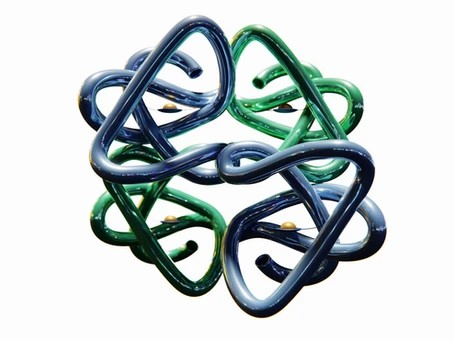Peptide Therapy PEG-MGF: Unlocking Muscle Growth and Tissue Repair

Peptide therapies, with their near-mystical potential and promising results, have rapidly become the stars of the regenerative medicine universe. Among these, PEG-MGF (Pegylated Mechano Growth Factor) shines exceptionally bright. With a blend of enthusiasm and evidence, let’s unravel the wonders of this modern marvel in therapeutic healing, and how it can be the peptide therapy for muscle growth the world has been searching for.
1. Peptides: Nature’s Little Magicians
Before diving into PEG-MGF, let’s briefly touch upon peptides. These are short chains of amino acids, essentially the smaller siblings of proteins. Think of them as nature’s little messengers, transmitting essential information between cells and playing a crucial role in numerous bodily functions.
2. PEG-MGF: The Basics
PEG-MGF is a variant of the IGF-1 (Insulin-like Growth Factor-1), pegylated to ensure it lasts longer in the bloodstream. This peptide is particularly revered for its role in muscle and tissue repair. When the body undergoes mechanical overload, as seen in weightlifting or rigorous physical activity, it releases the IGF-1 splice variant, known as MGF. PEG-MGF, the synthetic version, essentially mimics this naturally occurring process, but with enhanced longevity and potential benefits.
3. PEG-MGF: A Healing Hand for Muscles
a. Muscle Repair and Growth: The primary allure of PEG-MGF is its purported ability to aid muscle repair post-injury or after intense exercise. A study in the American Journal of Physiology indicated that MGF can activate muscle stem cells, leading to increased muscle fibers. By mimicking this process, PEG-MGF offers a boost in muscle recovery and potential growth.
b. Enhanced Satellite Cell Activation: Satellite cells act as reserve cells for muscles. When muscles are damaged or stressed, these cells are activated, fusing to muscle fibers and aiding repair. Research from the Journal of Cellular Physiology suggests that MGF can significantly increase the activation of satellite cells, with PEG-MGF offering an extended therapeutic window due to its pegylated nature.
4. Beyond Muscles: Broader Implications
While muscle growth and repair are the flagship benefits, the potential applications of PEG-MGF might extend beyond. Some preliminary research has delved into its effects on bone density and even its role in neuroprotective activities. However, it’s important to note that while the initial results are encouraging, more comprehensive studies are needed.
5. Safety and Considerations
Like any therapy, it’s essential to navigate the PEG-MGF waters with an informed compass. Some users have reported side effects like nausea or dry mouth, and there’s a potential risk of over-activating satellite cells if not used correctly. Therefore, it’s crucial to consult with healthcare professionals and ensure proper dosing.
6. Embracing the Future: PEG-MGF and Regenerative Medicine
The field of regenerative medicine stands on the cusp of numerous breakthroughs. With therapies like PEG-MGF, we’re seeing the dawn of a new era where the body’s innate healing processes can be supported, amplified, and extended. For athletes, fitness enthusiasts, and anyone keen on optimizing muscle health, PEG-MGF emerges as a beacon of hope.
Peptide Therapy for Muscle Growth
In our collective quest for healing and health optimization, PEG-MGF represents a promising chapter. It reminds us of the incredible advancements science continues to make and offers a glimpse into a future where regeneration isn’t just possible but enhanced. As with all emerging therapies, it’s vital to approach with both curiosity and caution, ensuring that the journey is both informed and hopeful. After all, in the grand tapestry of health, every thread—especially one as promising as PEG-MGF—holds the potential to change the narrative.




